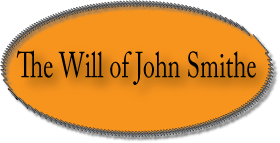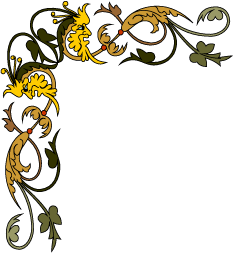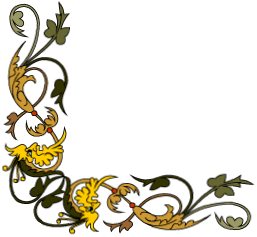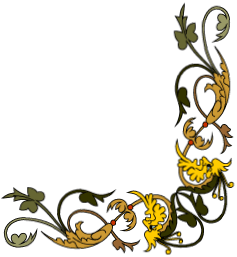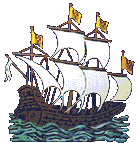
Ralph Smith was born around 1610, and said to be from Old Hingham England. The Manor records for that time are written in a dialect of Latin that I am still trying to get interpreted. Ralph was part of a group 0f 14 that sailed out of Yarmouth, Norfolk County, England, the first week in May 1633 on the Elizabeth Bonaventure (EB), and arrived in Massachusetts Bay (Charlestown/Boston) on June 15, 1633. The EB was a very famous name for a ship, because it was the name of a warship that Sir Frances Drake used as his flagship on at least a couple of his expeditions including the attack on the Spanish Port of Cadiz which destroyed much of the armada that was massing to attack England. That attack was delayed and occurred the next year. It was also involved in the rescue of the lost Colony of Roanok that was under attack. This may not be the same vessel that brought Ralph over, but there is no other record of this vessel under the command of Captain John Graves. There where ninety-five passengers on board for that voyage. It was a fast trip for a ship of that time, and reflected the advancements in ship building that was common in English warships, and being copied by other countries. By 1633 it would have been over seventy years old, but on the other hand I have not found any records about the retirement or loss of the warship by that name, and famous ships can often live longer because of the pride in that vessel's History. The rest of Ralphs history will be in following pages.
At the First Annual Meeting, our first president Capt. Arthur N. McGray, said the purpose of this organization is "...to perpetuate the memory of the early pioneers of the family. That we might have spiritual as well as family strength and love."
"Every descendent of Ralph Smith shall be eligible for membership in the Association, upon proof of lineage. In addition, husbands or wives of the descendents of Ralph Smith may become Associate Members of the Association."
At this time there are no meetings scheduled, and this website is a historical presentation with on going research for the benefit of all my cousins. I expect that given the vast number of descendants of Ralph that the Association will one day return, and that research about Ralph can best be compiled using this website as a study group location. I have already started comparative DNA studies through a Smith research group. Smiths DNA Project
Franklin Smith
Historian & Genealogist ADRSHE. ............
The following is copied from the C.P.Smith Book available for free download in our download page.
The first publications mentioning Ralph Smyth were: 1862 [A Genealogical Dictionary of the First Settlers of New England on the basis of Farmers Register] by James Savage Vol III. page 129, Ralph, Hingham, from Hingham, Co. Norf. came, it is said by Lincoln, 1633, and sat down at our Hingham 1635; prob went to Eastham, there had Deborah, b. 8 Mar 1654. and prob. other ch. [N.E.H.& G.R. Vol. 26, April 1872 pg 190]. Ralph Smyth, of Hingham, Mass. The early settlers of present town of Hingham Mass were mostly from Hingham, County of Norfolk, Eng. and Cushing in his statement of those early settlers, mentions RALPH, as coming "from Old Hingham," in 1633, and against the name Cushing puts the Figure (1), clearly indicating that he came alone. His name first appears upon the Hingham records in 1637, when he drew a house lot on "Bachelor Street," now Main street. The Colony records call him "Ralph Smyth," and as late as Sept. 22, 1652 the probate records for Suffolk Co. say "Ralph Smyth," of Hingham (N.E.H.& G.R. Vol VIII p. 61.) The New England Historical & Genealogical Society's "The Great Migration Study Project". It is producing brief genealogical studies of all those people known to have come to New England between 1620 and 1643. These studies survey all that is currently known about each immigrant and bring together in one place material which is now scattered among several reference works, some long out of date. In the first three years, the Project focused on the years from 1620 to 1633, during which time only one tenth of the total immigrants of the Great Migration arrived. By beginning with this smaller group, it is possible to establish procedures and standards for the study of the much larger number of immigrants who arrived in the decade from 1634 to 1643. The Project Director is Robert Charles Anderson, F.A.S.G., of Salt Lake City, Utah. He surveyed all known primary sources for the period of the Great Migration, entered those records into a single database, and from this database and other primary and secondary sources compile the genealogical studies. The Ralph Smythe who came to Bare Cove in 1633 on the Elizabeth Bonadventure went to Charlestown, there he likely met the fiddler Thomas Hatch and his wife Grace __ Lewis Hatch. Ralph returned to Hingham, in 1637 he lived on Batchlor street, married by 1639 had 6 children, went into a business that he later sold __ Hobart, Ralph emigrated to Eastham prior 1654 where his 7th child was born. Ralph Smith of Eastham remarried Grace Hatch of Yarmouth
